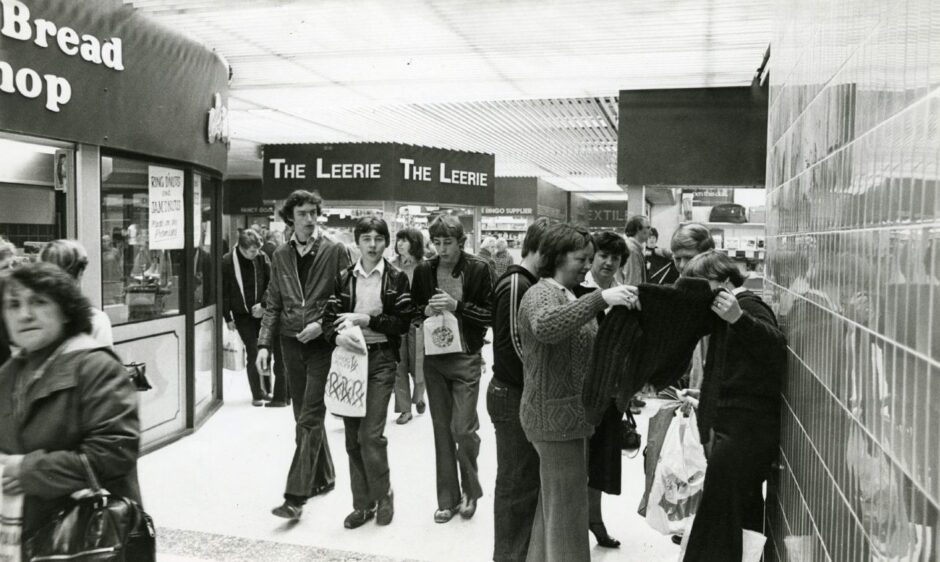
Grab your trolley as we head back down the aisles for some retail therapy to celebrate the glory days of Dundee shopping.
These pictures are among those to feature in a forthcoming Dundonian exhibition on shopping hosted by the Evening Telegraph at the Keiller Centre.
They hark back to the time when barely a shop unit was unlit and the High Street was king – before internet shopping and digital entertainment took over our lives.
But, sadly, many closed their doors forever and surrendered to the march of time.
The High Street as we know it came about in the 1870s when market stalls became shops, with fixed prices, customer service and home deliveries to entice people in.
But it wasn’t until Edwardian times that shopping came of age and this meant department stores including G. L. Wilson, Draffens, D.M. Brown and Smith Brothers.
Dundee’s ‘big four’ set the bar and all went from humble, hard-grafting beginnings to become lavish department stores that would have graced affluent areas of London.
Yet all managed to thrive.
These were the jewels in the crown of Dundee’s retailing trade for decades, at a time before the High Street chains which now dominate had arrived in the city.
Draffen’s was a landmark department store and stylish meeting place that numbered the late Queen Mother among its customers.
They were the pioneers of a new style of business and were the first shopkeepers in Dundee to deal in fixed prices, instead of selling, as the custom was then, by bargaining.
The department store had a prominent impact on Dundee’s shopping and social scene and gradually introduced various tearooms, lounges and a restaurant on its top floor.
Mass production and disposable culture took off when Britain became affluent again in the 1960s and the Overgate Centre rose from the rubble of the “street of streets”.
The old Overgate in Dundee was a bustling thoroughfare packed with people, shops, pubs, flea-markets, entertainers, waxworks and morbid curiosities.
Generations came and went, many living within hailing distance of each other, and the many small shops, cafes and trades provided employment.
In the end, it was years of civic neglect that signalled the Overgate’s downfall.
October 1963 marked the completion of the £750,000 first phase of the £2 million scheme to modernise Dundee’s city centre.
Supermarkets, shoe shops, radio and television dealers, dry cleaners, wallpaper shops and DIY suppliers were among those filling the blank spaces in the shopping arcade.
When G. L. Wilson’s closed in December 1971, Sir Garnet Wilson remarked: “The day that Marks & Spencer entered Dundee the writing was on the wall.”
Such were the effects of a changing High Street industry.
The name above the door at D.M. Brown became Arnotts in 1972.
It was the scents from the perfume counters that were Arnotts most defining feature.
Alongside its memorable Christmas department, the store also had a shoe department, a china department, and it even sold a few wedding dresses.
The nylon bedding it sold, however, is probably best left left a distant memory.
The popularity of shopping centres boomed following the success of the Overgate.
The demolition of the Wellgate area began in 1972 and well-known shops in the lower half of the Dundee street were knocked down in the name of further progress.
The Wellgate Centre was also a hit when it finally opened in April 1978 – at a cost of £7 million – with 41 shop units across 418,000-square feet and 600 parking spaces.
Tesco started things off with the opening of their largest store at 9am, which included 24 multi-lane checkouts, six “express” checkouts and a 148-seater restaurant.
Among the biggest attractions inside the Wellgate was the illuminated fountain in the main entrance hall.
The Wellgate Market Hall became a bustling area of the centre with a range of stalls on the top floor selling everything from clothing and jewellery to fruit and vegetables.
In September 1978 renowned clockmaker Haward Horological Ltd installed the Wellgate Clock above the Patio restaurant.
It would become a city centre landmark.
Situated between Albert Square, Commercial Street and the High Street, the Keiller Centre opened in November 1979 and became a truly iconic shopping destination.
The choc-a-block maze rose from the rubble of a confectionary empire.
You were never short of somewhere to go for fresh meat or fruit and veg in the Keiller Centre – or even some novelty rubbers from the newsagent for the kids.
Another highlight for many was a trip to ScoopaMarket, which had barrel-loads of Bombay mix, nuts, dried fruit, flour and the famous gumballs.
The centre was also the place to get your suave new outfits and your camouflage gear.
In 1989 the Keiller Centre was bought over and a £500,000 refurbishment got under way.
The stores also received new branding featuring its new identity, The Forum
Shopping Centre.
William Roache, who has been playing Ken Barlow since 1960, was mobbed by soap fans when he turned up from Coronation Street to cut the ribbon.
Other big-name stores Dundonians will remember on Murraygate include Burton, John Collier, Miss Lewis Boutique, Woolworths and John Menzies.
John Menzies occupied the former Smith Brothers building on the corner of Commercial Street, which was next door to the Goldbergs department store.
The distinctive blue, white and orange John Menzies sign would deliver the promise of sweets, books, magazines, records, games and toys for every taste imaginable.
The once-bustling store comprised multiple levels and different departments.
The second floor sold toys including finger-flicking Subbuteo teams, Hornby model trains and Scalextric sets with cigarette advertisements adorning many of the cars.
How times change.
The Evening Telegraph exhibition also features images from Dens Road Market, which opened in 1969 and was Dundee’s own Petticoat Lane with over 100 stalls.
Where else could you find meat, veg and fruit, antiques, garden tools, oil paintings, jewellery and the “finest selection of lace and net curtains” all under one roof?
Not forgetting a variety of stalls selling the likes of books, bric-a-brac, china, clocks, clothes, coins, crystal and glassware, etchings, military regalia, postcards and records.
There were plenty of bargains to be had among the stalls and you could always finish your shopping trip with a game of prize bingo — or have your hair cut.
Sadly now gone.
But the memories live on.
Whether you grew up shopping in the aisles of these establishments or just heard about them in stories from parents and grandparents, you can’t help but get a nostalgic feeling when you see photos of these shops and market stalls.
The first-ever curated exhibition of the Evening Telegraph’s weekly archive supplement will give our readers the chance to relive days gone by with old friends.
- The Dundonian event at the Keiller Centre is coming soon.
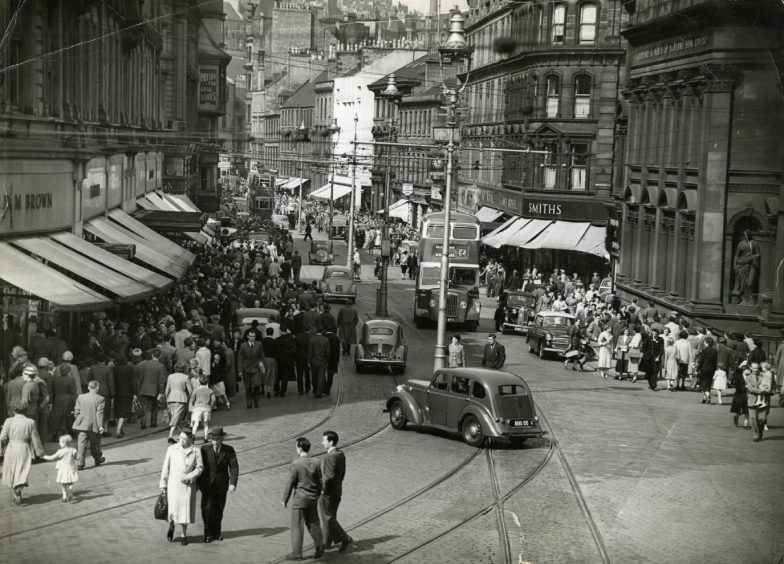
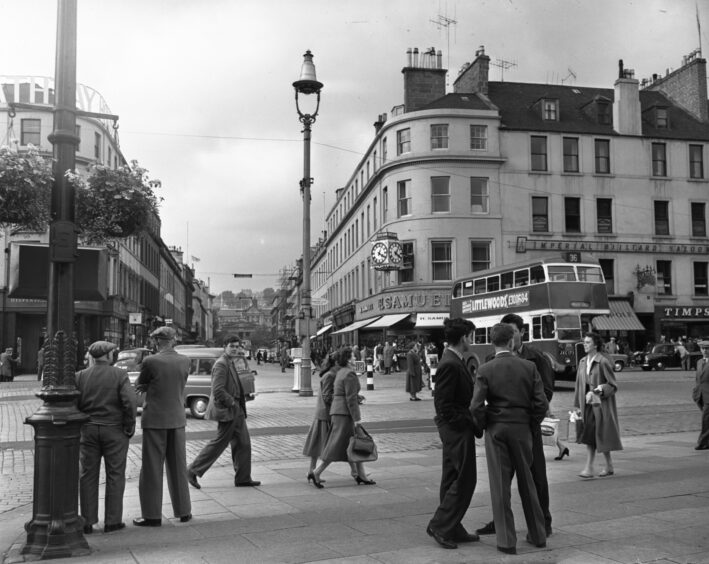
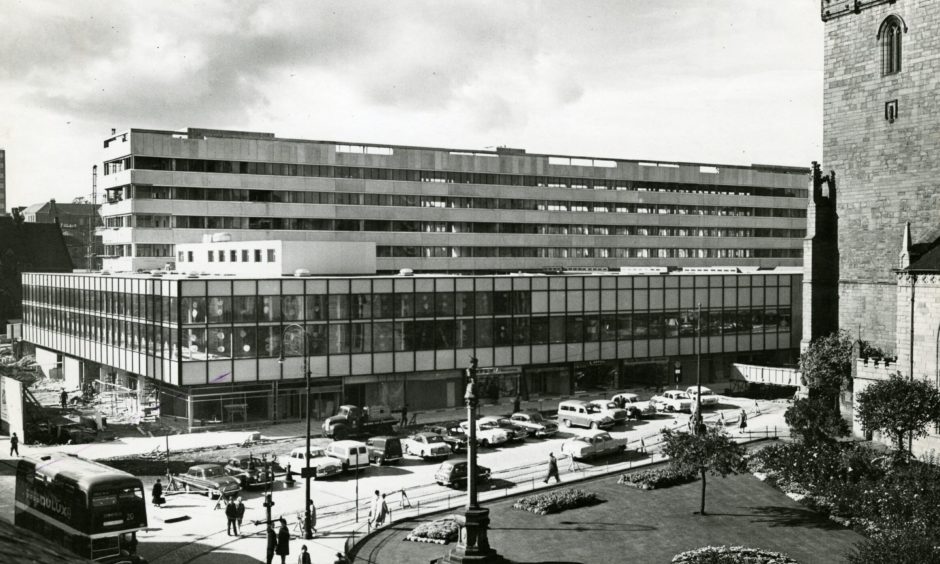
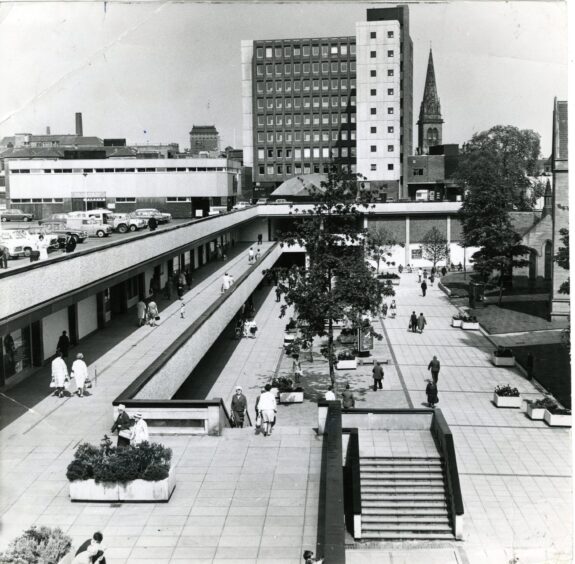
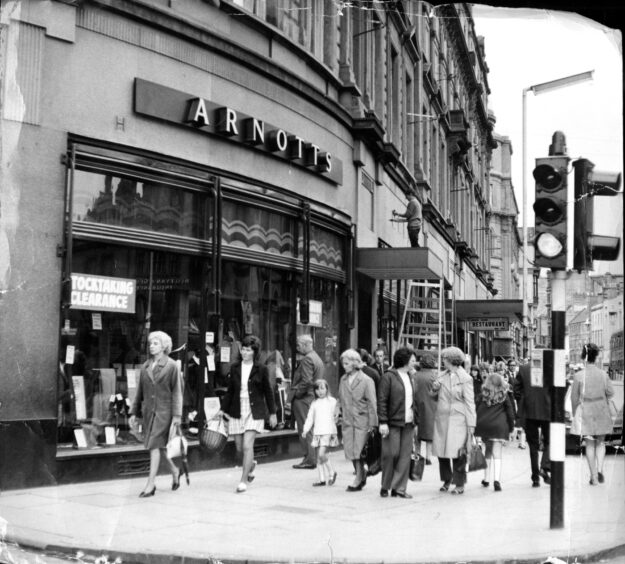
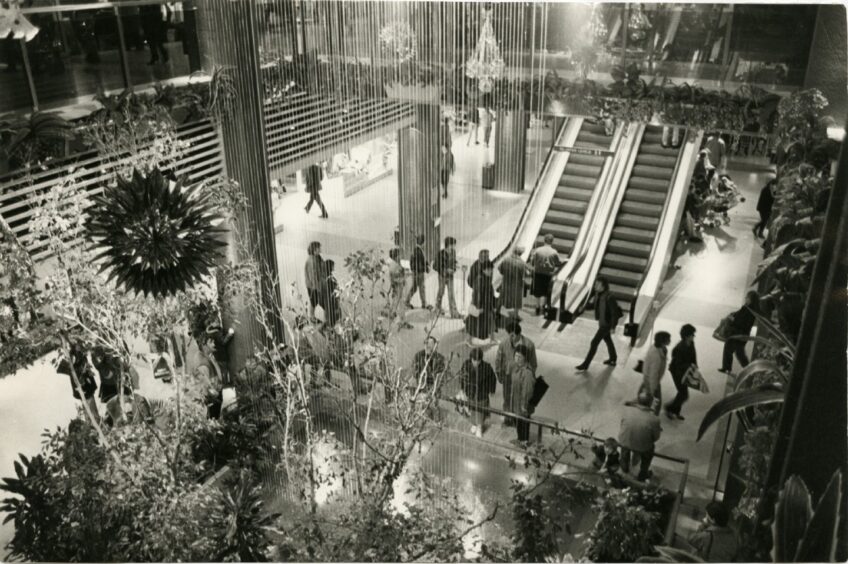
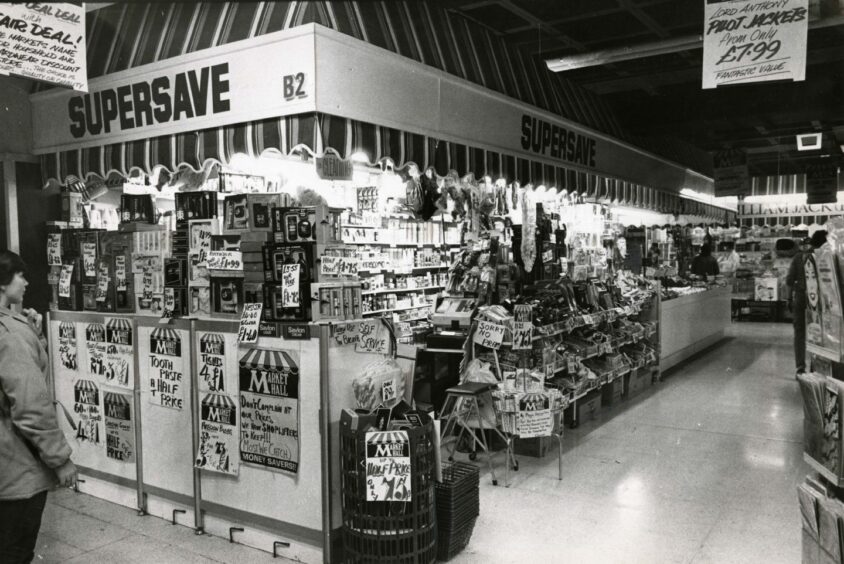
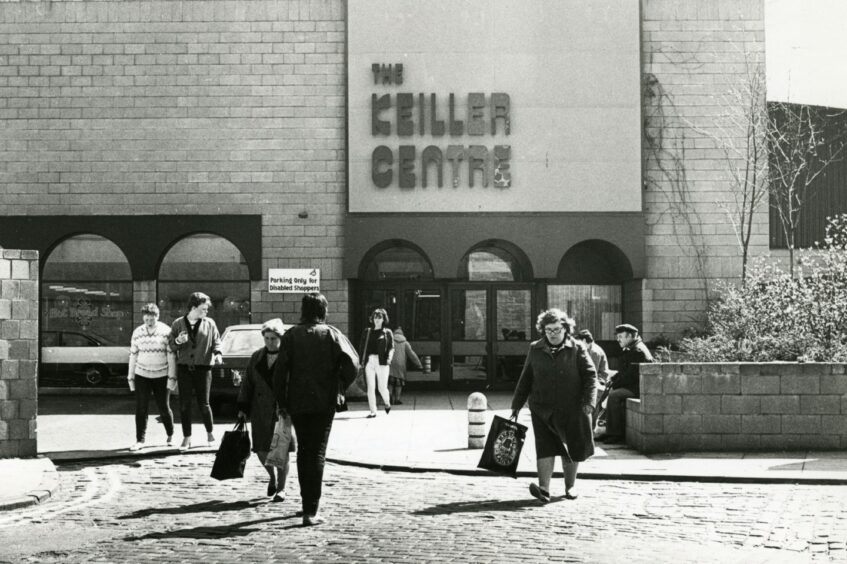
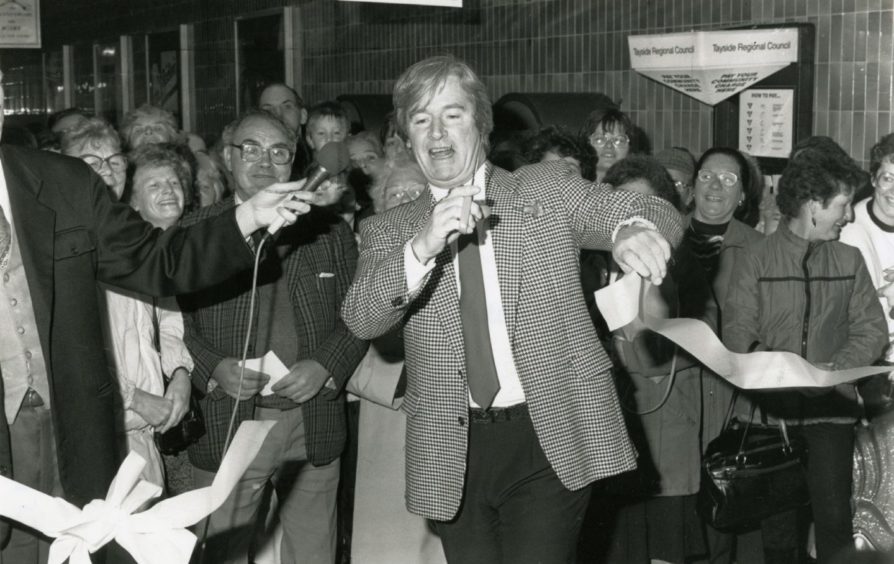
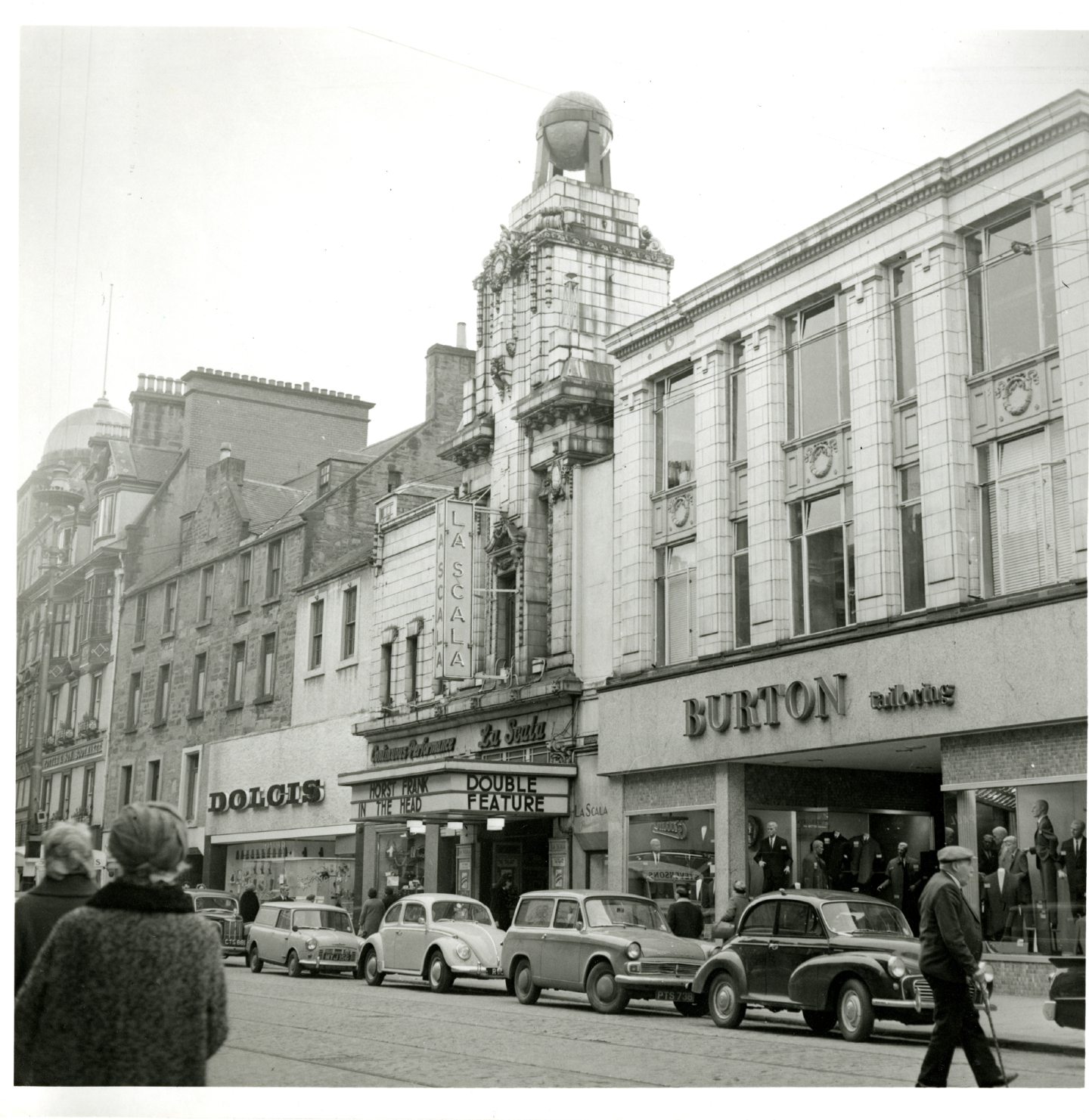
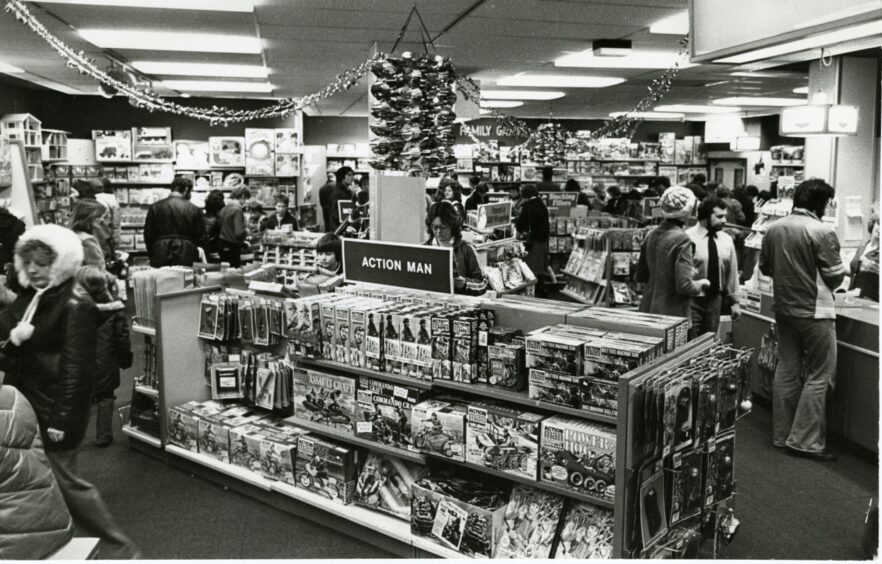
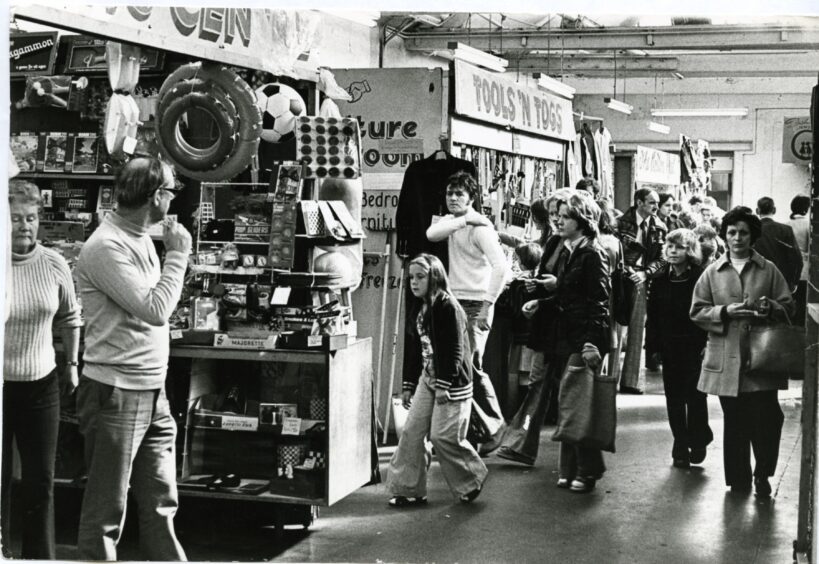
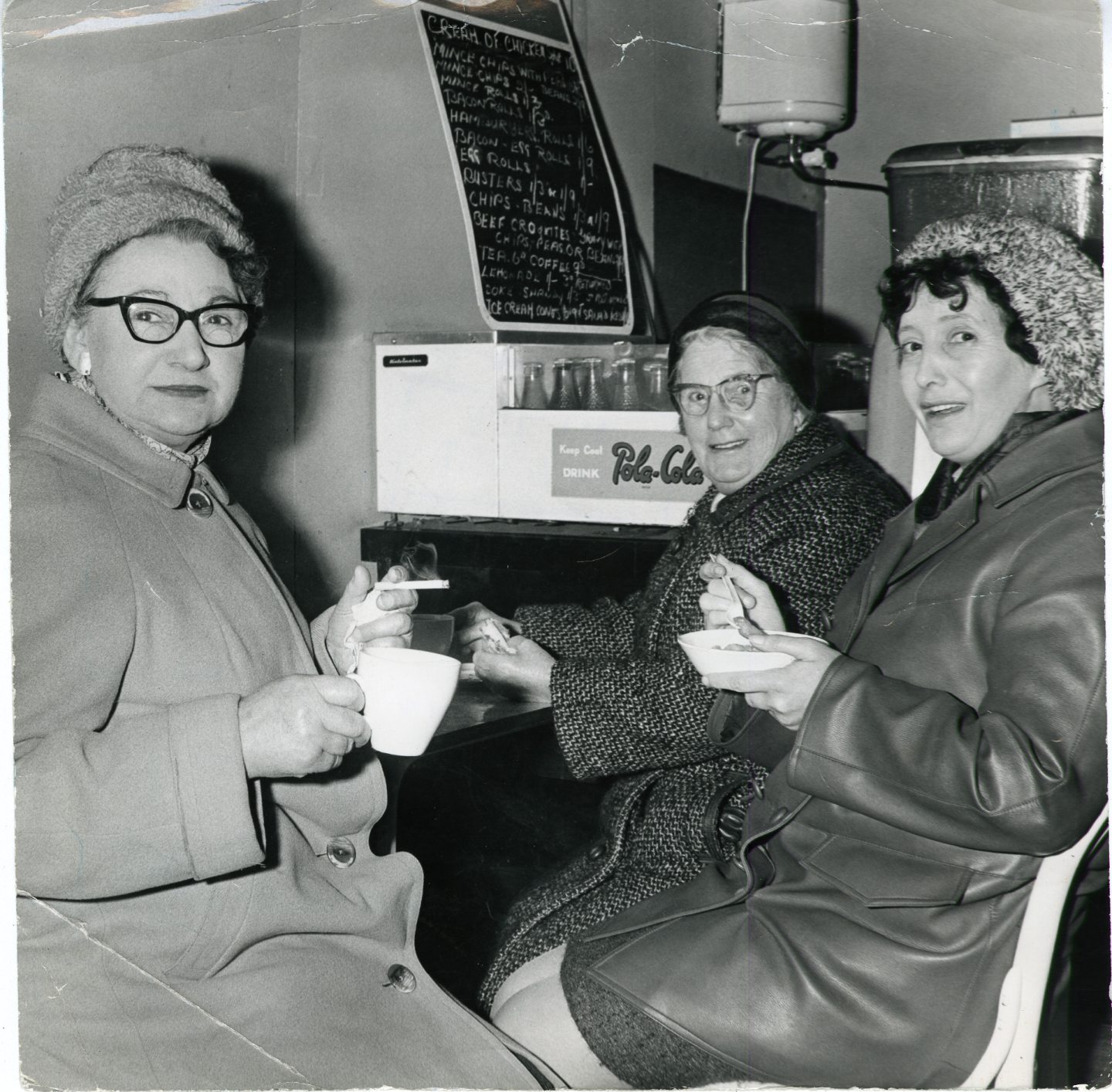










Conversation